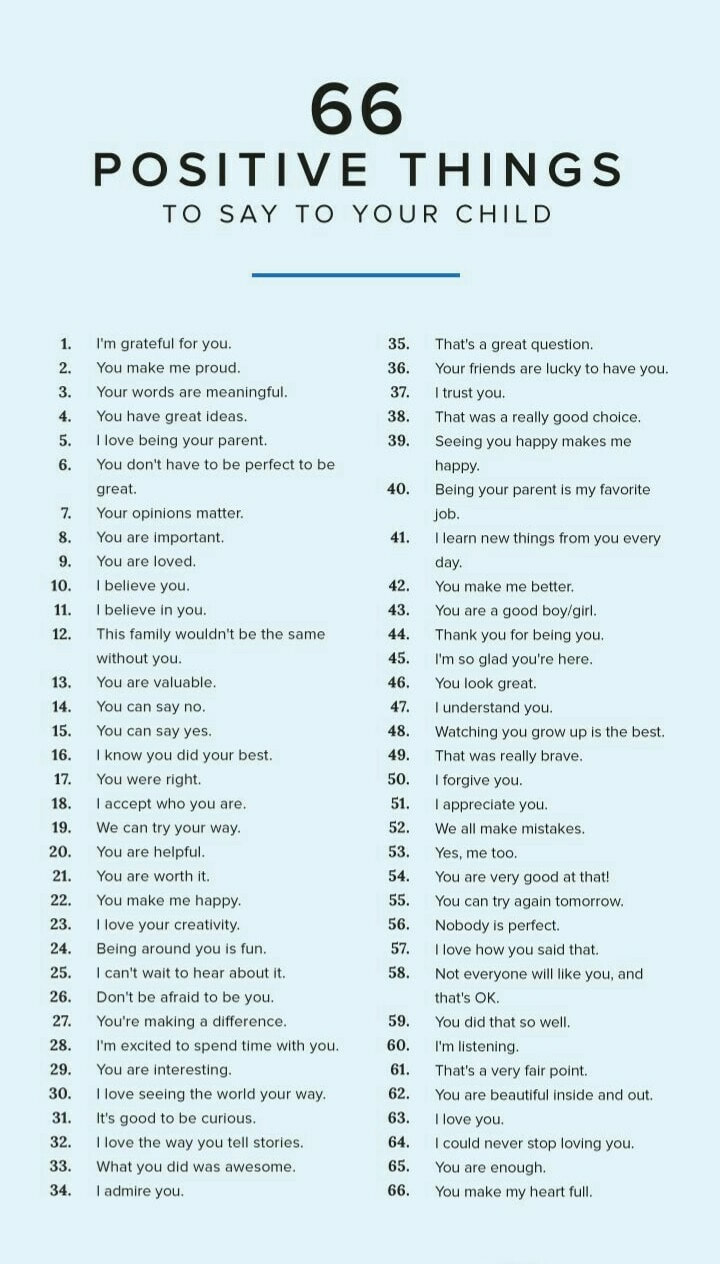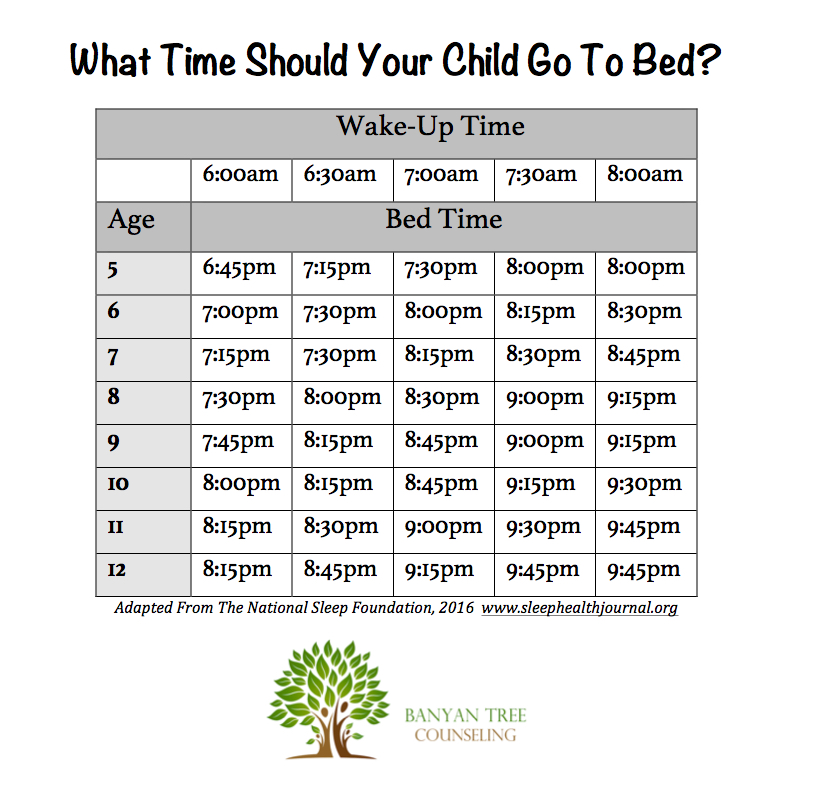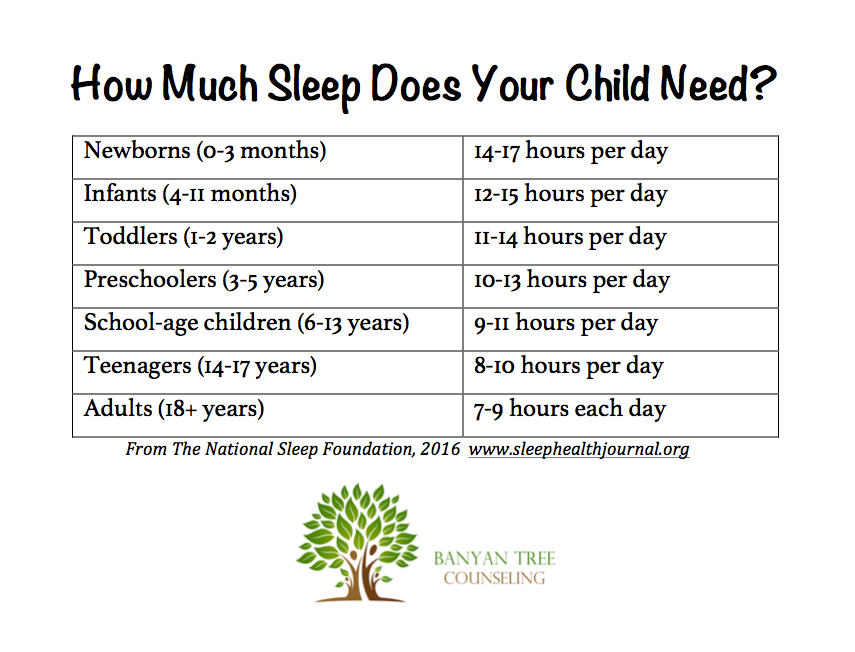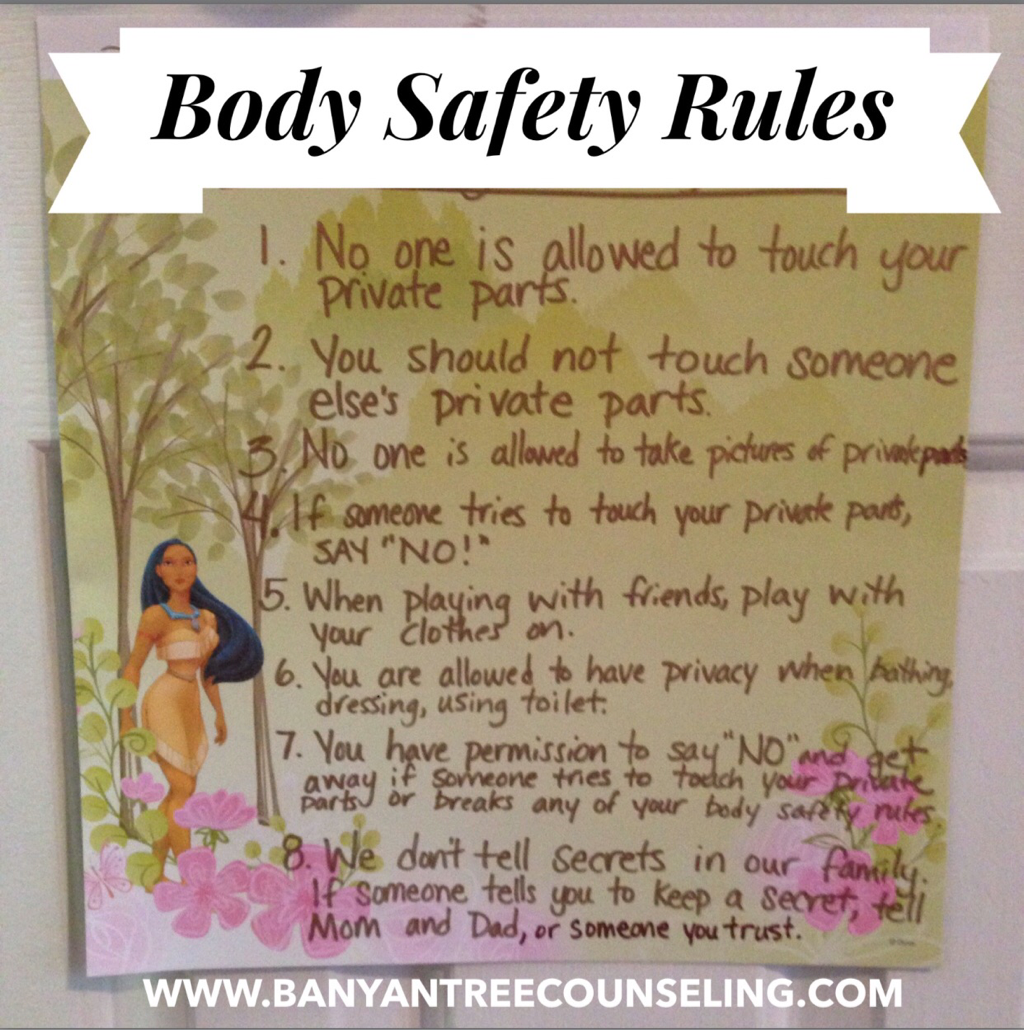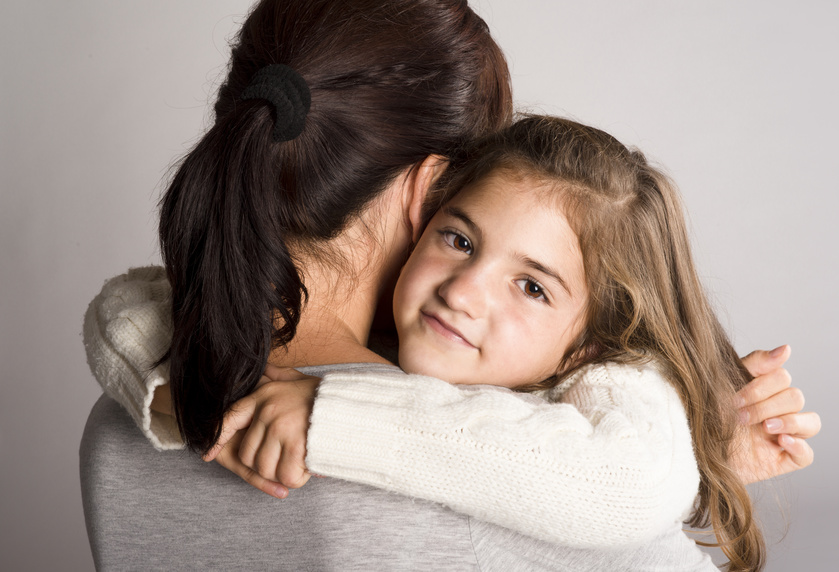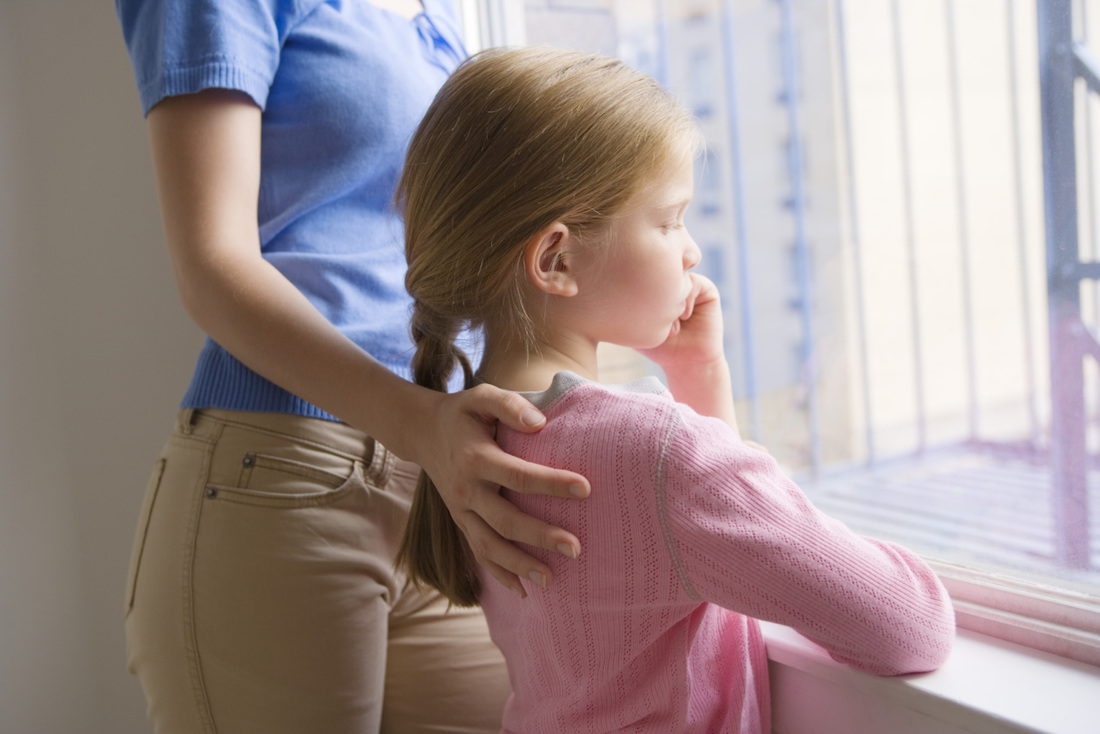- Home
-
Services
- Autism Assessments >
- Coaching
- Couples >
- Discernment Counseling
- Educational Consulting | Special Needs Advocacy >
- Psychiatric Services | Medication Management
- Nutrition
- Parenting + Family Therapy
- Play Therapy for Children
- Separation Counseling + Collaborative Parenting
- Telehealth
- Therapy for Teachers
- Trauma
- Schedule Appointment
-
Meet the Team
- Abby Olmstead
- Adrienne Fisher
- Amber Garcia >
- Amber Miner
- Andrea Miles
- Arionna Wilkerson
- Autumn Martin
- Amber Miner
- Brittany Kai
- Brittany Proxmire
- Brittany Stewart
- Bru Ramirez >
- Chantal D. Hayes
- Christine Ridley
- Emily Ortiz Badalamente
- Hayley McCraw
- Jamie Cullen
- Jared Brinkerhoff
- Jordan Peterson
- Josh Bolle
- Les Gura
- Lisa Carpenter
- Logan King
- Rashaad Nelson
- Sarah Vanderpool
- Savannah Ornt
- Simone Banks
- Tiffany Woods
- Administrative Staff >
- About Us
- Hiring
|
I recently came across this article about motivating children who lack motivation. One of the points the author describes made me pause. She asks the parent what motivates their child? What does he really want? What questions can I ask that will help him discover and explore his interests? What are his goals and ambitions?
Encouraging children requires you as a parent to step far enough away to see your child as a separate person. With all our good intentions, it is easy to become wrapped up in the stress of every day life and forget our children are not mini-me's, but are separate people with different preferences, different ways of thinking, feeling, and doing things. For a child to feel motivated they must first feel seen. They must feel that their voice matters. That their parent takes the time to really listen-- not to what you want the answers to be, but to what your child is really saying. And if the answers happen to not line up with who you are, respect them, even if you disagree. I read this "66 Positive Things To Say To Your Child" post today, and wrote down the ones I regularly say to my children, and the things I'm going to try. to say more often. It was a good reminder to see my children as their own separate selves that I must continue to learn and understand as they grow. Encouraging things I say often: #2: You make me proud. #6: You don't have to be perfect to be great. #17: You were right. (Especially if I had previously told them they were not!) #37: I trust you. #38: That was a really good choice. #63: I love you. Here's what I'm going to try to say more of: #19: We can try it your way. #34: I admire you. #44: Thank you for being you. #60: I'm listening. #65: You are enough. What are some things you say now vs. what you'd like to say more of to encourage your child and help them be the beautiful little people that they are? Warmly,
1 Comment
The effects of sleep on a child's mental health can sometimes be underrated. Getting an adequate amount of sleep is an integral part of a healthy life, especially when it comes to our emotional and behavioral health. Now that the new school year is upon us, check out these handy charts to help set your child's bedtime! Please take a moment to read these five main points regarding the theory of child-centered play and what to expect before your child begins.1. It's Not Just Play-TimeYour child may report that he or she just played and did artwork. This does NOT mean that the therapy session was simply “play-time.” While play therapy is fun for the child involved, it also involves “work.” However, the work isn’t like schoolwork. They use the toys to process and work through whatever it is they are struggling with utilizing symbolism, metaphors and analogies to express themselves accurately. A child might use an egg to represent feeling breakable, dragons may represent their anger (or an annoying sibling), and fences or barriers may be a child’s way of feeling trapped or contained. Toys give children the freedom to express themselves in a way that makes sense to them when words just don’t seem to fit right. Play Therapy uses this form of expression to facilitate such things as healing, growth, and development. 2. It's Not a Quick-FixTherapy with children does not work overnight. One of the most important aspects of play therapy is the relationship between the child and therapist. Like any therapeutic relationship, trust, safety and security are vital. According to Maslow’s Hierarchy of Needs, a sense of safety and security is second only to food and shelter. Therefore, when children enter the play therapy room, they won’t find a counselor sitting in a grown up chair looking down at them asking questions, like most other adults they know. Instead, they will see their counselor on the floor with toys and objects that speak their language. Rather than being told what to do and given a lot of rules to follow, they will be given the freedom to explore and decide how they want to spend their time. The first few play sessions with a child center around building trust and safety rather than jumping straight to the problem at hand. Once the rapport is built however, a child feels safe enough to begin diving into what has brought him/her to therapy. Then the next phase of therapy begins. 3. Let Your Child LeadPlease do not ask your child what he did during a play therapy session. He will offer the information he wants you to know. Most of the therapeutic process is subconscious, and it may confuse your child by asking probing questions. The purpose of play therapy, especially with younger children, is not to expect the child to verbalize the therapeutic process, but instead for you to see decreased symptoms and improved functioning in significant areas of his or her life over time. 4. Refrain From Giving UpdatesYour therapist will come to meet you and your child in the waiting room, then take the child into the therapy room. Please do not update your therapist about your child in the waiting room with your child present. It is important that your child feel like the therapy time is his or hers. However, it is appropriate for you to leave me a confidential voicemail, send an email, or hand me a brief note at the beginning of session describing concerns, improvements, etc. If you begin to tell me an update, I will kindly remind you that the therapy time is for your child and that we can schedule a time to meet individually. Depending on the case, I usually meet with parents individually and/or with the child around every 4th session or so. Please let me know if something has come up and we can schedule a session before that. 5. Trust the Power of PlayChildren often come into play therapy defeated, confused, overwhelmed, and feeling as though their world is out of control. However, once a child enters play therapy and realizes that it is a world they can understand and communicate in, they often visibly relax. Allowing children this freedom to explore what is bothering them is healing in and of itself. Children heal from a nasty divorce, learn to calm themselves before they explode into a temper tantrum, and develop a high level of confidence to overcome struggles with anxiety, depression, or bullying. They move from self-loathing to self-acceptance and high self-esteem. That is the power of play. Empathy is defined as the ability to understand and share the feelings of another. It seems so simple, yet it is an essential (and often overlooked) skill children need to learn in order to develop into healthy adults. As parents, it’s not always in the forefront of our minds, and some may find it a bit odd to think they need to actually teach their child empathy. Doesn’t it just come naturally?Yes and no. Children are born with the aptitude for empathy, but it needs to be taught and encouraged throughout their childhood. Research shows there is a clear correlation between the ability to empathize and future fulfillment and success. Making (and keeping) worthy friends, succeeding in school, attaining a gratifying career, maintaining a healthy marriage, all of these things rely on one critical skill: EMPATHY.
|
Banyan Tree Counseling & WellnessWe are a team of licensed clinicians with a holistic, strengths-based, and evidence-based approach. We offer counseling for people of all ages, life coaching, group therapy, educational consulting and advocacy, assessments, and dietary nutrition services. Categories
All
|
Individual Counseling • Psychiatric Services • Medication Management • Nutrition counseling
COUPLES & FAMILIES • CHILDREN & TEENS • EDUCATIONAL ADVOCACY
If you are in a life threatening situation call 1 (800) 273-8255 or use these resources to get immediate help.
HIPAA Notice of Privacy Practices
© 2015-2024 Banyan Tree Counseling PLLC | Banyan Integrated Health PLLC | Banyan Tree Wellness LLC | All Rights Reserved.
All content on this website, unless otherwise specified, is the sole property of Banyan Tree Counseling & Wellness and is protected by copyright laws.
Any unauthorized reproduction, distribution, or use of this content is strictly prohibited and may result in legal action.
HIPAA Notice of Privacy Practices
© 2015-2024 Banyan Tree Counseling PLLC | Banyan Integrated Health PLLC | Banyan Tree Wellness LLC | All Rights Reserved.
All content on this website, unless otherwise specified, is the sole property of Banyan Tree Counseling & Wellness and is protected by copyright laws.
Any unauthorized reproduction, distribution, or use of this content is strictly prohibited and may result in legal action.
- Home
-
Services
- Autism Assessments >
- Coaching
- Couples >
- Discernment Counseling
- Educational Consulting | Special Needs Advocacy >
- Psychiatric Services | Medication Management
- Nutrition
- Parenting + Family Therapy
- Play Therapy for Children
- Separation Counseling + Collaborative Parenting
- Telehealth
- Therapy for Teachers
- Trauma
- Schedule Appointment
-
Meet the Team
- Abby Olmstead
- Adrienne Fisher
- Amber Garcia >
- Amber Miner
- Andrea Miles
- Arionna Wilkerson
- Autumn Martin
- Amber Miner
- Brittany Kai
- Brittany Proxmire
- Brittany Stewart
- Bru Ramirez >
- Chantal D. Hayes
- Christine Ridley
- Emily Ortiz Badalamente
- Hayley McCraw
- Jamie Cullen
- Jared Brinkerhoff
- Jordan Peterson
- Josh Bolle
- Les Gura
- Lisa Carpenter
- Logan King
- Rashaad Nelson
- Sarah Vanderpool
- Savannah Ornt
- Simone Banks
- Tiffany Woods
- Administrative Staff >
- About Us
- Hiring


